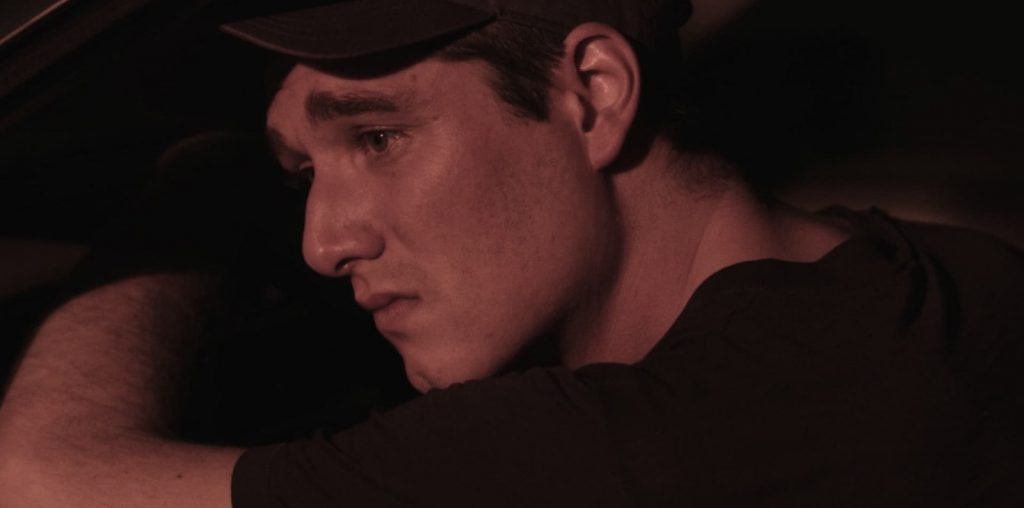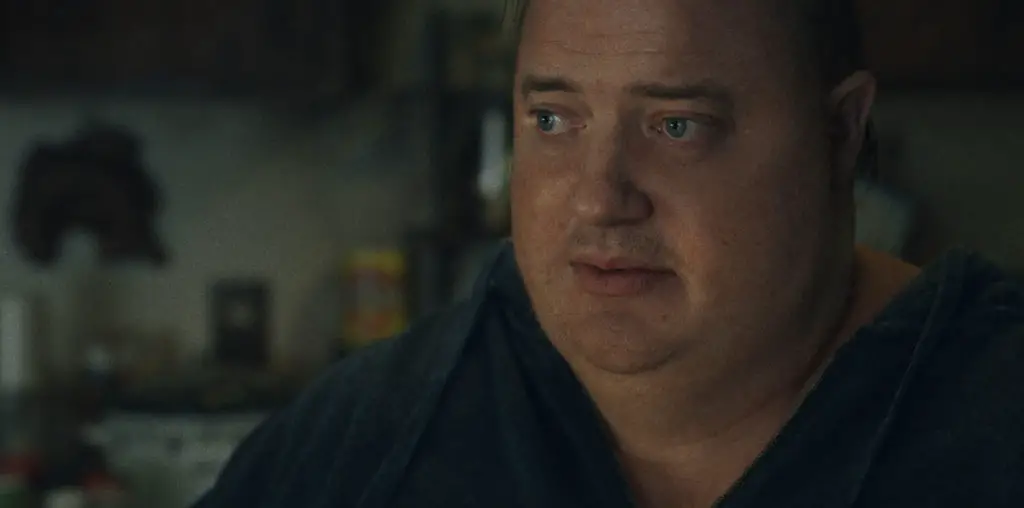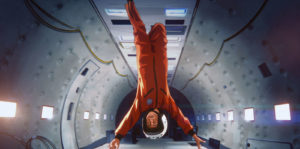
If you want a filmmaker to meticulously imitate a decade, Richard Linklater is a stellar choice. He has proven time and time again, in Dazed and Confused and Everybody Wants Some!! particularly, that no era is off limits, especially the ones he grew up in. His past contributions have shown that Linklater loves rotoscoping, an animation style involving rigorously tracing over live-action movement. Linklater employed rotoscoping for 2001’s Waking Life and 2006’s A Scanner Darkly. Now, sixteen years later, in Apollo 10 ½: A Space Age Childhood, he once again revitalizes that particular form of animation.
The year is 1969. The space race is happening, social movements are gaining traction, and technology is evolving. Taking place in the suburbs of Houston, Apollo 10 ½: A Space Age Childhood imagines a fanciful scenario where a fourth grader named Stan (Milo Coy) is recruited by NASA for a covert mission. But before you even have time to process this charmingly absurd narrative beat, young space pioneer Stan takes a step back, guiding viewers on a nostalgic journey through memory. This odyssey is narrated by the always reliable and imminently likable Jack Black.
As a child, the world is not as cynical. Stan looks back at the 1960s quite fondly, so much so that the past itself is not fixed in reality, nor is the animation. Utilizing real actors and then animating over their movements, Linklater constructs a snapshot of reality that somewhat mirrors ours. The rotoscoping brings forth an otherworldly quality to the animation, which works to reinforce Stan’s hopeful and colorful remembrance of childhood. In one scene, the writer/director samples the speech President John F. Kennedy gave at Rice University, utilizing television footage and applying animation over it to sustain that otherworldly quality. Reality, as depicted here, is not quite reality, expressing how memories can often appear like a reverie.
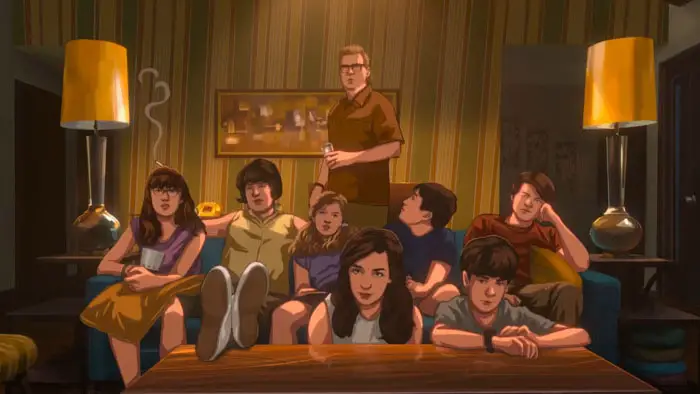
“…a fourth grader named Stan is recruited by NASA…”
The animation of Apollo 10 ½: A Space Age Childhood is polished and gorgeous. From the clothes to the music to the pivotal events that characterized the era, this is the 1960s, albeit animated. There are mentions of the Vietnam War and the Civil Rights Movement, but young, innocent, middle-class Stan is understandably swept up by memories of playing games, listening to music, and gathering around the small television with his siblings to watch Dark Shadows.
While the film begins as a sweet, farcical kid fantasy, it takes an hour-long detour, focusing on fragments of memory and nostalgia in no particular order. The past unfurls and overlaps as Stan remembers it, which, while deliberate, often results in feeling more exhaustingly didactic than endearingly nostalgic. For example, there’s a moment where Stan, a self-proclaimed fabulist, tells his mom why he lied about what his father does for NASA. It’s a short but powerful interaction, but moments like these are few and far between. Even so, the siblings bicker and interact like actual siblings. In one scene, the elder sisters swoop in to change the channel to the Dick Cavett show because Janis Joplin is performing, much to the brothers’ dismay.
For those who grew up in the 60s or are intrigued by the changes prompted by this era will find enjoyment in Linklater’s blissful recollection of the past. Moreover, the animation is absolutely stunning. Reality and imagination clash in a beautifully constructed, brightly colored suburbia. Loosely based on Linklater’s experiences growing up in the 1960s, Apollo 10 ½: A Space Age Childhood is not so much a space adventure as a pleasant reminder of the essence of youth and the comfort of memory.
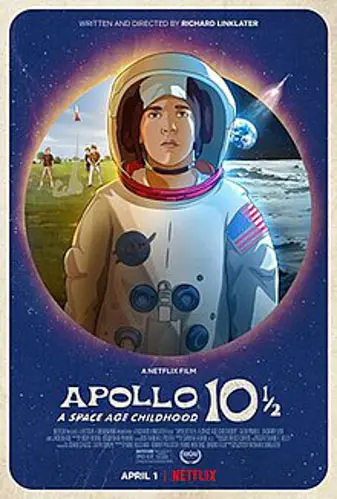
"…beautifully constructed, brightly colored..."
